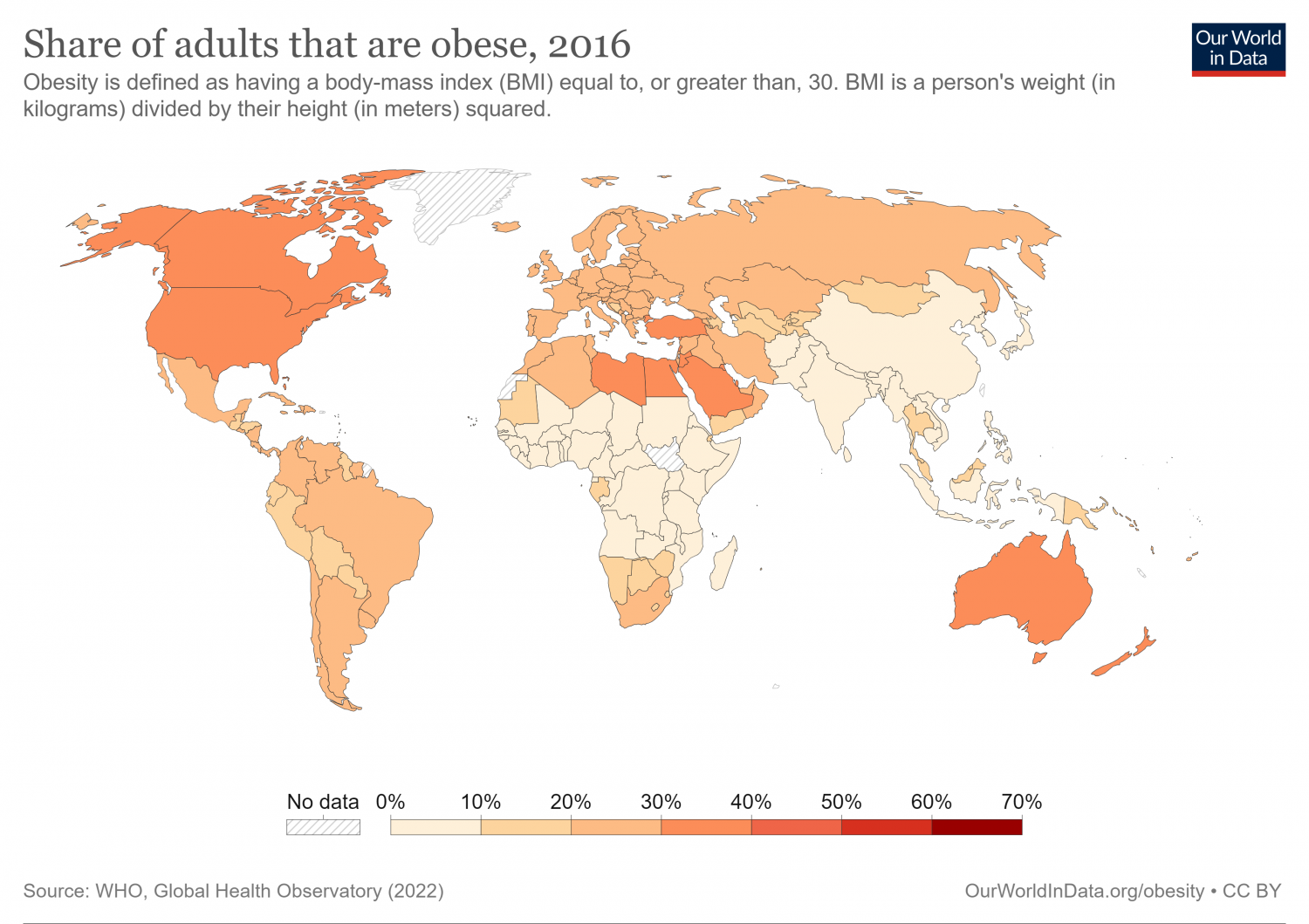A Korean Disney princess
By Daniela, July 18 2023Julian Riew is a Korean-American singer and songwriter, and she studies theater at Harvard. Like many children, she was influenced by Disney princesses while growing up.
In recent years, Disney has made conscious efforts to become more inclusive. Racial and ethnic representation have gained presence in their movies lately. However, Julia felt no Disney princess looked like her so she set herself up for a challenge: to create a Disney-inspired Korean princess.
Watch her interview about her musical featuring Korean-American heritage and have a discussion with your teacher: https://www.youtube.com/embed/QpaSVUKQlXg



